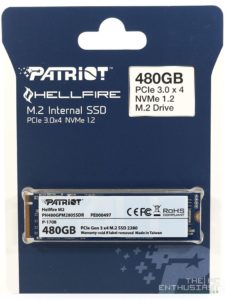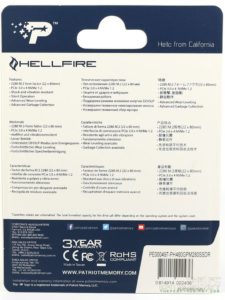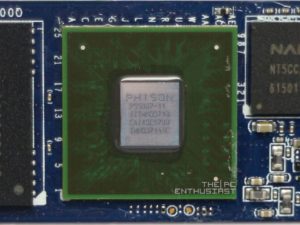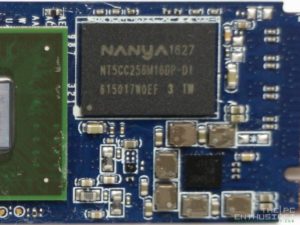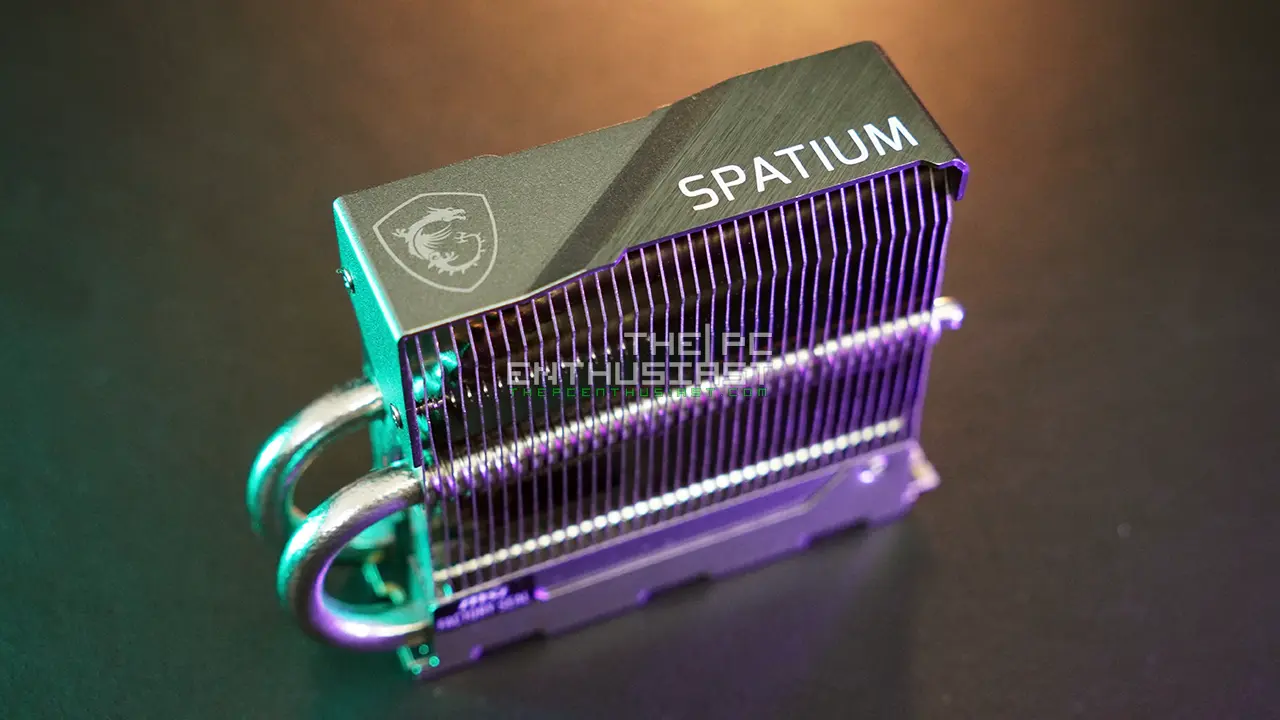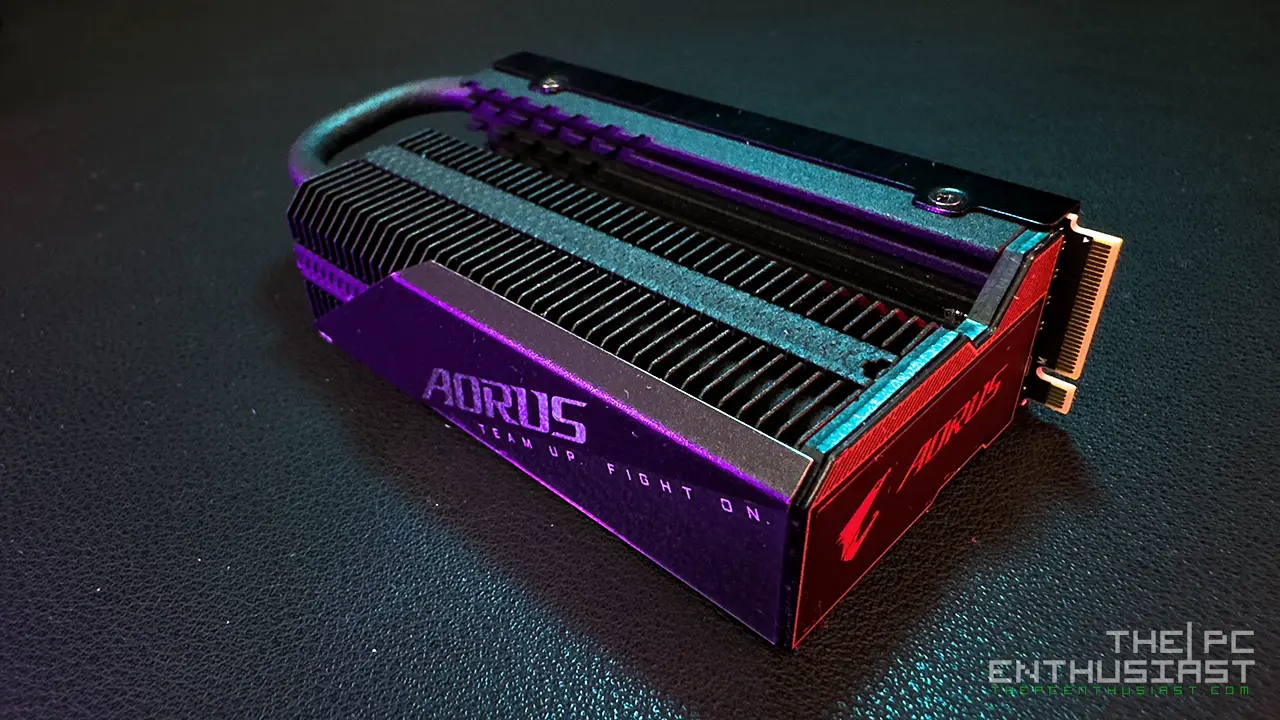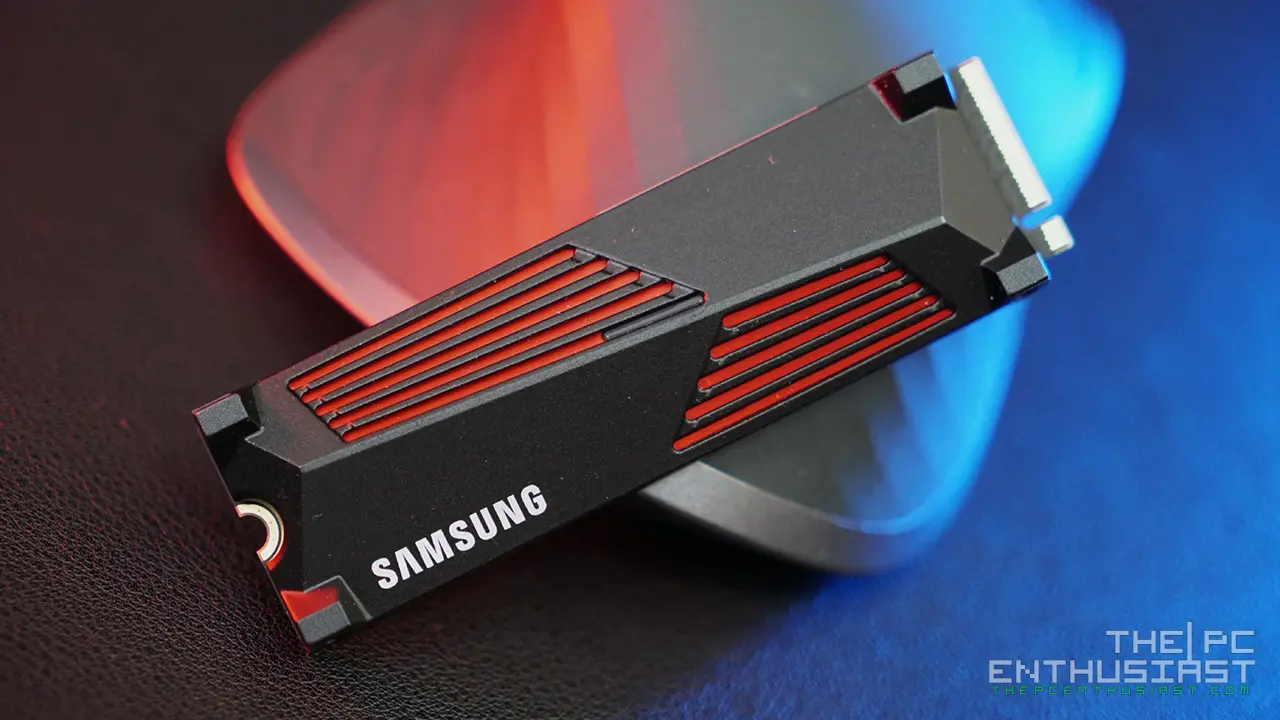Patriot Memory is popularly known for their memory and storage solutions. And today we are going to look at their first NVMe SSD – the Patriot Hellfire 480GB M.2 NVMe SSD. The Patriot Hellfire M2 features a Phison PS5007-E7 controller, paired with Toshiba’s 15nm MLC NAND flash. You might have heard of the Patriot’s Ignite M.2 before; although it uses an M.2 port, it is not an NVMe SSD. NVMe SSDs are typically significantly faster than any SATA based SSDs. Are you in the market looking for a (very) fast storage solution, even faster than a SATA SSD? Do you need a snappy OS drive for your system that doesn’t require additional cables to be connected to your motherboard? Or are you simply interested to find out how fast the Hellfire can go. Stick around and continue reading our Patriot Hellfire 480GB M.2 NVMe SSD review below.
Patriot Hellfire 480GB M.2 NVMe SSD Review
The Patriot Hellfire M.2 SSD is the company’s first NVMe SSD offering an affordable but fast storage solution for the consumer market. It features a Phison PS5007-E7 controller that was originally intended to be a high-end controller for enterprise and client use. The Phison E7 controller is paired with Toshiba’s 15nm MLC NAND flash modules; and it’s available in 240GB and 480GB capacities.
The Patriot Hellfire M.2 uses PCIe 3.0 x4 (up to 32Gb/s) NVMe 1.2 interface offering a read and write speeds of up to 3GB/s and 2.2GB/s respectively. That’s significantly faster than any SATA-based SSD. It also features static and advanced wear-leveling, advanced garbage collection, TRIM support, bad block management and S.M.A.R.T technologies.
This is an ideal drive if you are building a small form factor PC, all-in-one PC, if you plan to upgrade your laptop’s OS drive (provided that is supports M.2 NVMe PCIe), or if you simply want to build a fast and high-performance gaming or productivity machine. In most case scenario, an M.2 NVMe SSD like this is used as an OS drive or boot drive, where the operating system is usually installed.
Before we take a closer look at the Patriot Hellfire and its benchmark results, here are some information about NVMe and the different form factors available.
About NVM Express:
- NVM Express® is a standardized interface for non-volatile memory where PCIe is the physical interface and NVMe® is the software stack
- SATA and AHCI were designed for hard drives
- SSDs used SATA/AHCI as it was convenient to use the existing PC architecture
- Early PCIe SSDs used AHCI over PCIe but AHCI soon became a bottleneck
- NVMe is the first storage protocol designed with SSDs in mind and unleashes the potential of random-access memory
- NVMe helps improve your system’s I/O path by reducing latency communication between the drive and your CPU, resulting in smooth and enhanced performance
PCIe, M.2 and U.2 NVMe SSD Form Factor:
NVMe SSDs are available in different form factors. The most common is the M.2 and PCIe followed by the not so common U.2. The U.2 form factor is still new and there are only a handful of SSDs that uses this form factor, most (or all) are from Intel. Not all motherboards have a U.2 connector, at least for the older generations. The new X299, Z270 or X370 and the upcoming X399 motherboards usually have a U.2 connector, specially the higher-end motherboards. The M.2 interface is growing popularity, thanks to its small size. Many latest motherboards starting with the X99 and 100 series (and even laptops/Ultrabooks) have an M.2 slot and supports PCIe based SSDs. Take note though, there are two types of SSD that uses the M.2 as its interface; SATA based SSDs and PCIe/NVMe based SSDs. Not all motherboards support PCIe/NVMe SSDs in M.2 interface, specially the early motherboards with M.2 connector. Some only supports SATA based while others only support PCIe based SSDs.
Below is the specifications table of the Patriot Hellfire M.2 NVMe SSD. After that, let’s take a closer look at the drive itself.
Patriot Hellfire M.2 NVMe SSD Specifications
| Specifications | 240GB | 480GB |
|---|---|---|
| Product Name | HellFire M.2 | |
| Dimensions | 3.8 mm (D) x 80 mm (W) x 22 mm (H) | |
| Weight | 9 gm | |
| Controller | Phison PS5007-E7 | |
| Interface | M.2 2280 | |
| NAND | Toshiba 15nm MLC | |
| DRAM | 256MB DDR3L | 512MB DDR3L |
| Sequential Read (ATTO) | 3000 MB/s | 3000 MB/s |
| Sequential Read (CDM) | 2740 MB/s | 2550 MB/s |
| Sequential Write (ATTO) | 2300 MB/s | 2400 MB/s |
| Sequential Write (CDM) | 1090 MB/s | 1260 MB/s |
| 4KB Random Read (QD32) | 170k IOPS | 170k IOPS |
| 4KB Random Write (QD32) | 185k IOPS | 210k IOPS |
| Operating Temperature | 0° ~ 70°C | |
| ECC Recovery | Up to 120bits/2KB | |
| MTBF | 2 million hours | |
| Certifications / Safety | CE / FCC / RoHS | |
| Product Warranty | 3 years | |
| Patriot Part No. | PH240GPM280SSDR | PH480GPM280SSDR |
| MSRP | $130 USD | $230 USD |
Patriot Hellfire NVMe SSD Packaging and Closer Look
The Patriot Hellfire M.2 comes in a blister pack packaging. It’s very simple but I also think that it’s a little bit underwhelming, considering that it’s housing an NVMe SSD. There are no accessories or anything included; you just get the M.2 drive.
The design and length, or its form factor, which is M.2 2280 is pretty much the most common size we see these M.2 drives are sold. Both sides of the PCB are populated with NAND flash since this is a 480GB capacity. You can also see two 128GB MLC NAND flash chips at the back side.

The specific controller is the Phison PS5007-E7, and the DRAM cache is a 512MB from NANYA. You may notice that the design and layout is very similar with other Phison controlled M.2 NVMe SSDs from other brands. They are similar, that’s because Phison designs most of the things you see. Only the branding and marketing differs from one brand to another. Some even comes with a black PCB, which I think would be more neutral in terms of aesthetics compared to a blue PCB.


